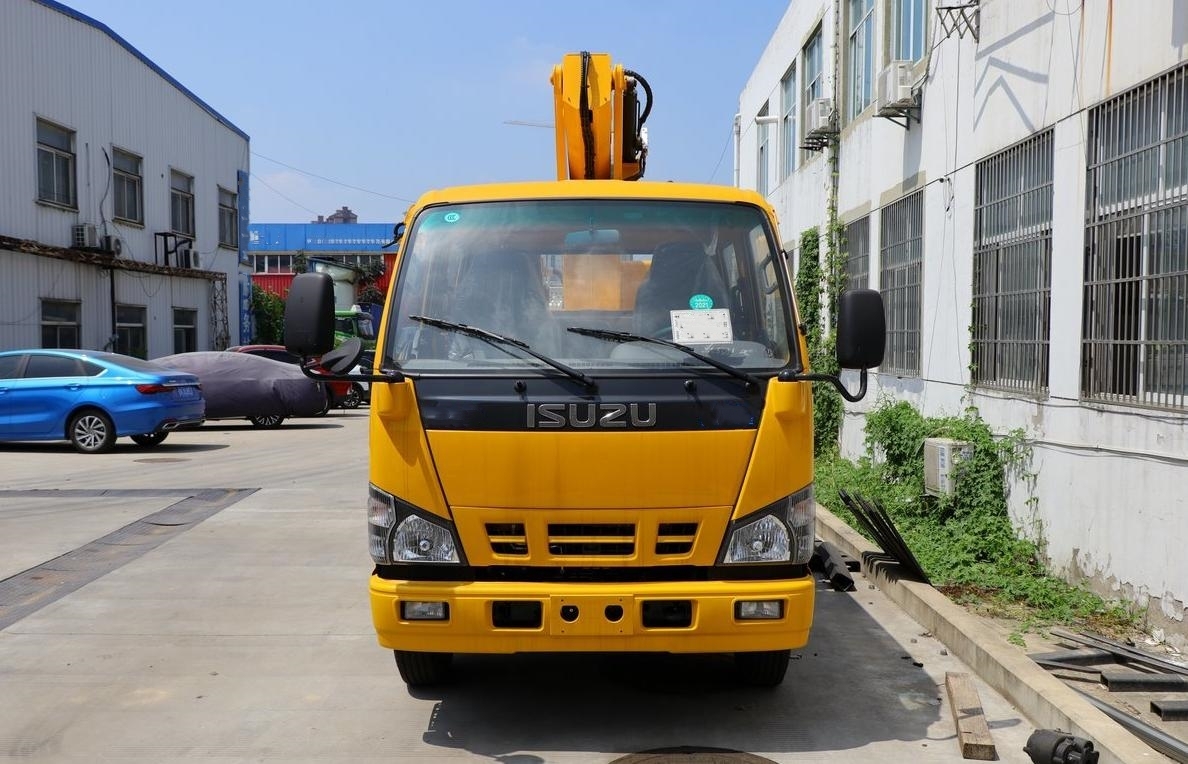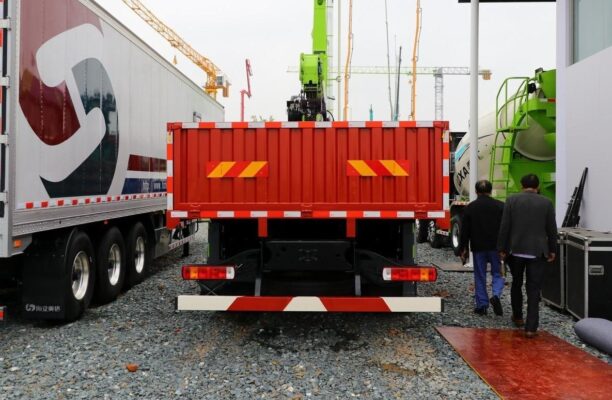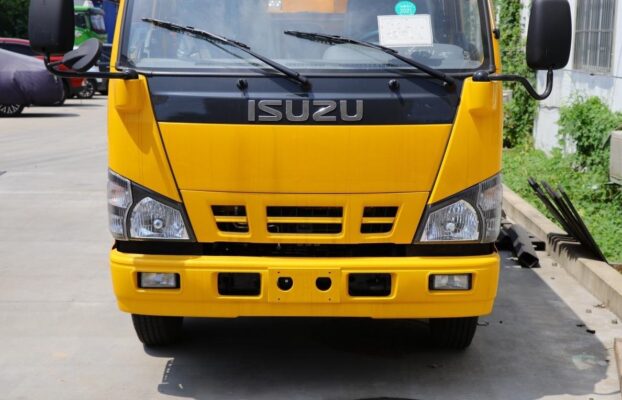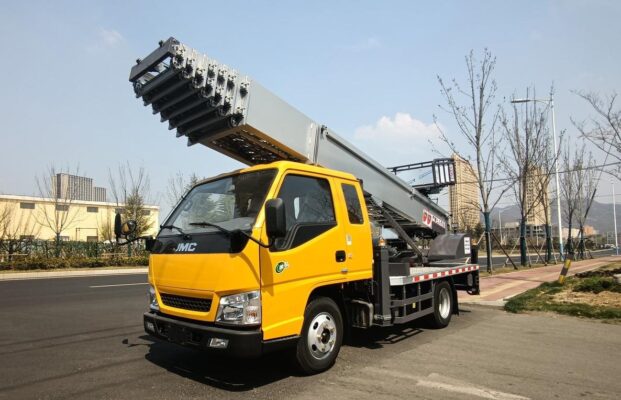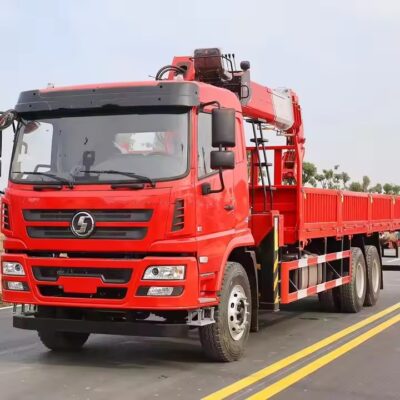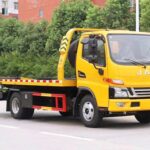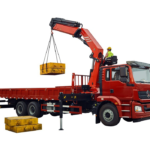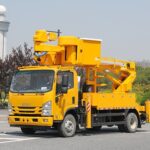In lifting sling operations, two of the most critical aspects are the selection of lifting points and the proper binding methods for objects. Correct choices in these areas ensure stability, safety, and prevent accidents or damage during lifting operations. Below is a comprehensive guide to selecting lifting points based on the type of object and operational requirements.
1. Selection of Lifting Points
When hoisting objects of various shapes and sizes, the choice of lifting points plays a vital role in maintaining balance, avoiding tilting, or preventing the object from toppling over or deforming. Properly chosen lifting points allow the object to remain stable during transportation, thus minimizing risks.
1.1 Trial-Lift Method for Determining Lifting Points
In most general lifting operations, it is often unnecessary to precisely calculate the object’s center of gravity. Instead, the trial-lift method is commonly employed. This involves estimating the center of gravity and using a low-height trial lift to gradually find the optimal lifting point. The binding position of the lifting slings can then be adjusted accordingly. This practical approach ensures a safe and balanced lift without requiring complex calculations.
1.2 Lifting Points for Objects with Lifting Rings
For objects equipped with lifting rings, the position and strength of the rings are typically pre-calculated and designed to bear the object’s weight safely. When lifting such objects, the lifting rings must be used as the primary connection points. Before the operation, inspect the lifting rings to ensure they are intact and undamaged. When necessary, additional protective slings can be attached to reinforce the lifting setup.
1.3 Lifting Points for Long Objects
When lifting elongated objects, the lifting strategy varies depending on the orientation of the lift.
- Vertical Lifts:
The lifting point must align directly above the center of gravity to maintain balance. - Single Lifting Point:
The lifting point should be placed approximately 0.3 times the length of the object (L) from the end being hoisted. During lifting, ensure the hook moves towards the object’s lower support point to maintain a vertical lifting angle, thereby avoiding dragging or collisions. - Double Lifting Points:
When using two lifting points, position them approximately 0.2 times the object’s length from each end. - Triple Lifting Points:
For three lifting points, place the end points 0.13 times the object’s length from each end, with the middle point positioned at the object’s center.
In all cases, ensure uniform tension across all slings when hoisting rigid long objects (e.g., prefabricated structural components) to prevent damage or deformation.
1.4 Lifting Points for Square or Box-Shaped Objects
Square or box-shaped objects typically require four lifting points for stability. These points should be symmetrically placed on all four sides. The symmetrical arrangement ensures balanced force distribution, reducing the likelihood of tilting or shifting during hoisting.
1.5 Auxiliary Lifting Points for Precision Equipment Installation
When installing mechanical equipment that requires high precision, auxiliary lifting points can be used to aid in fine adjustments. This method involves using simple lifting tools, such as chain blocks, to adjust the position of the components being installed. Auxiliary lifting points provide greater control, enabling precise alignment while maintaining safety.
1.6 Lifting Points for Flipping or Rotating Objects
Flipping objects during hoisting requires careful planning and execution to avoid instability or sudden impacts.
- Common Flipping Methods:
- Sling Rotation: Position the lifting point below the object’s center of gravity or on one side of it. Use safety ropes as needed, ensuring they are slightly longer than the length required for the object to stabilize.
- Directional Hook Movement: Direct the crane’s hook to move in the intended flipping direction to minimize sudden impacts or collisions upon completion.
- Large Object Flipping:
For large objects, such as components requiring multiple lifting mechanisms, bind the object securely using several pulley groups, primary and auxiliary hooks, or two cranes to execute the rotation in midair. The choice of lifting points for flipping should consider the object’s center of gravity, shape, and structural integrity.Ensure that each sling or lifting ring can handle a proportionate share of the object’s weight. For large-diameter, thin-walled objects or massive trusses, assess whether the chosen lifting points meet the structural strength and rigidity requirements. If necessary, implement temporary reinforcements to avoid damage caused by deformation.
2. Practical Guidelines for Safe Lifting Operations
- Inspection: Always inspect lifting gear, including slings, hooks, and lifting points, before commencing operations. Ensure that all equipment is free of damage or wear.
- Load Distribution: Confirm that the weight is evenly distributed among all lifting points, particularly when using multiple slings or hooks. Uneven load distribution can lead to accidents or equipment failure.
- Safety Measures: For operations involving rotations or complex maneuvers, use safety ropes or guide ropes to control movement and prevent unintended oscillations or collisions.
- Communication: Maintain clear and consistent communication between the crane operator and ground personnel. Proper signals and coordination are essential for ensuring safety and precision.
- Dynamic Adjustments: Be prepared to adjust sling tension or lifting point positions during trial lifts to account for any unexpected imbalance or instability.
Conclusion
Selecting the correct lifting points is fundamental to ensuring safety and efficiency in lifting sling operations. Whether hoisting long, square, or specialized objects, understanding the object’s center of gravity, structural characteristics, and operational requirements is essential. By employing practical methods like trial lifts, inspecting equipment rigorously, and distributing loads evenly, operators can minimize risks and ensure successful lifting operations across various scenarios.

